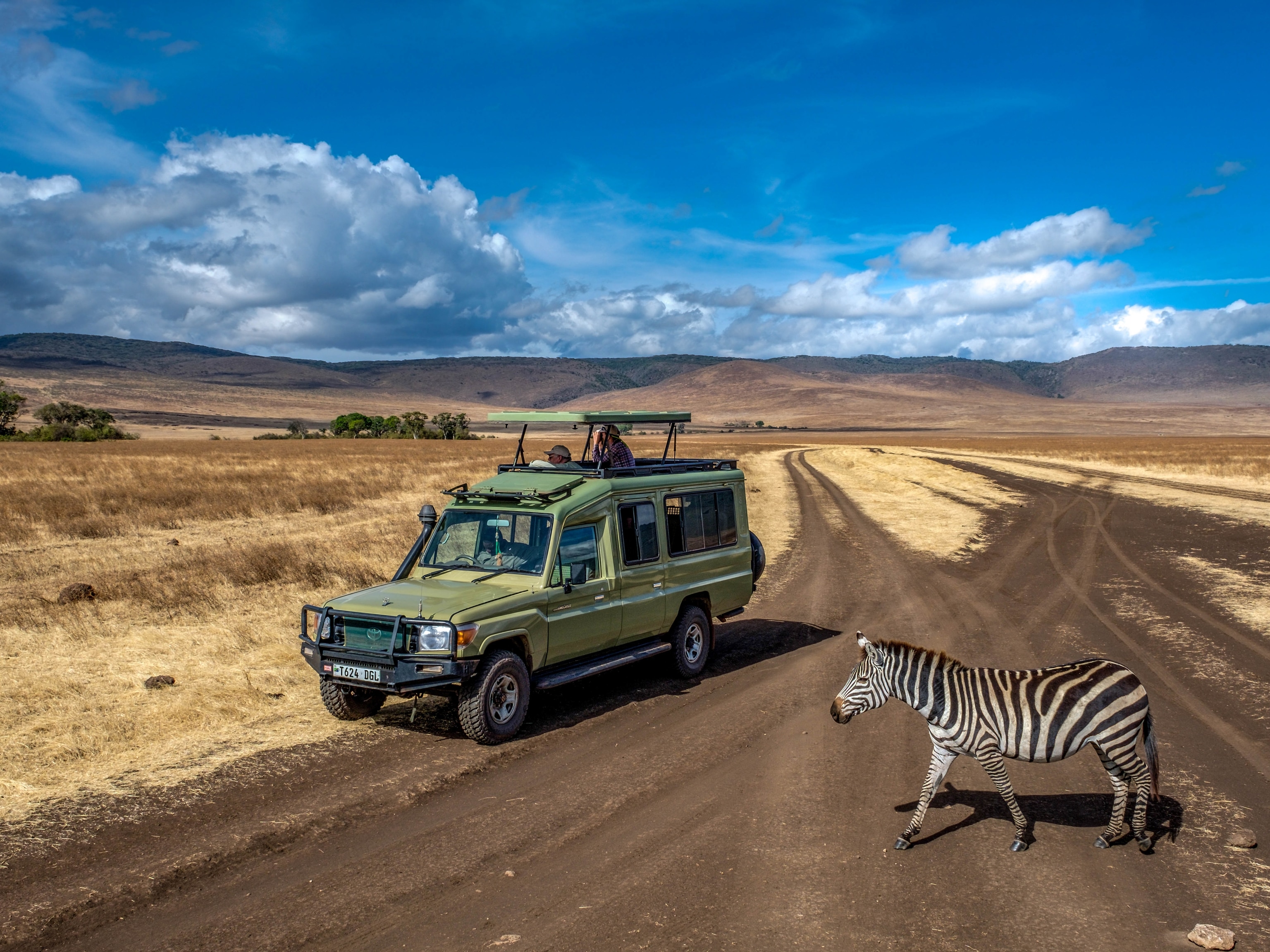
It’s official: Groundhog Day’s spring predictions no better than chance
A lighthearted study of spring flowers’ blooming times confirms that groundhog soothsaying is essentially a cute, furry coin flip.
The idea behind Groundhog Day is as simple as it is eccentric. Every February 2—the halfway point between the winter solstice and spring equinox—a bleary-eyed groundhog is hoisted from its burrow into the daylight in towns across the United States and Canada. If its human handler proclaims that the rodent sees its shadow, then six more weeks of winter await; if it doesn’t, spring will come early—or so the tradition goes.
Each year, the date’s approach is met with gleeful anticipation and sometimes a rewatching of the movie that made the day globally famous. Each year, the groundhogs’ “proclamations” are reported with mock seriousness. The occasional tongue-in-cheek assertion to the contrary—for example, General Beauregard Lee from Jackson, Georgia, self-reports an accuracy rate of 99 percent—few would make the case for groundhog divination as a substitute for long-range meteorology.
To verify whether groundhogs might be weather soothsayers, a team of researchers from Lakehead University in Ontario, Canada, decided to take a cold, hard look at the evidence. It was, admits lead author Alex Ross, a project that was born in the campus bar (“There were many conversations over many beers,” he confesses to National Geographic), and given extra impetus by the boredom of a pandemic. But the result, which appeared in the journal Weather, Climate, and Society, is unquestionably the most comprehensive statistical analysis yet published of the accuracy of groundhog predictive abilities.
Perhaps surprisingly, it is not the first. The authors argue, though, that previous efforts focused on the earliest and most famous of prognosticating groundhogs, Punxsutawney Phil, to the exclusion of what are now several dozen acolytes, impersonators, and tribute acts. Plus, the harbingers of spring selected as measuring sticks for Phil’s predictive abilities—for example, changes in levels of snowfall—might be appropriate for his Pennsylvania environs but aren’t relevant in, say, General Beauregard Lee’s southern fiefdom.
Instead, as their means of evaluating the onset of spring, Ross and his colleagues selected the peak flowering of the Carolina spring beauty, a plant that blooms briefly and early each spring across a geographical range similar to that of groundhogs. They estimated its flowering date each year in the location of each prognosticating rodent they included, and then compared it to that groundhog’s prediction.
The authors identified a potential pool of 45 groundhogs for their analysis, although not all of them made it into the study. Dead, stuffed groundhogs were excluded. Hand puppets were an absolute no-go. And the prediction had to involve the proclaimed sighting of a shadow, not secret whispers into the ear of a human handler (which are perhaps best avoided anyway).
That left 33 groundhogs across four Canadian provinces and 16 U.S. states. After plotting groundhog predictions against Carolina spring beauty flowerings, the team concluded that the groundhogs were correct exactly 50 percent of the time: the equivalent of a cute, furry coin flip.
Some are more accurate than others
Not all groundhogs had equal forecasting powers. Punxsutawney Phil’s predictions were correct 52 times out of 100, while three mascots—Essex Ed from Essex, Connecticut; Chuckles from Manchester, Connecticut; and Stonewall Jackson from Wantage, New Jersey—scored correctly more than 70 percent of the time. Conversely, Buckeye Chuck from Marion, Ohio; Dunkirk Dave (Dunkirk, New York); and Holland Huckleberry (Holland, Ohio) each had a less than 30 percent success rate.
Punxsutawney Phil and Ontario’s Wiarton Willie were the only groundhogs with more than 50 years of predictions on record. Of the newcomers, the worst performer was probably Winnipeg Willow, who made only four predictions, was wrong on three of them, and predicted a late spring in a year when it arrived 38 days earlier than average. “Even if certain groundhogs can occasionally predict the onset of spring better than others,” the authors write, “there appears to be no clear prophet among the group evaluated here.”
“Chuckles wins!” exclaims Patricia Buxton of the Lutz Children’s Museum in Manchester, Connecticut, home of one of the more successful prognosticating groundhogs, by way of counterpoint. Sadly, the most recent Chuckles passed away in 2020, and his role was temporarily assumed by the museum’s resident hedgehog, Phoebe. The new Chuckles—Chuckles XI—will, says Buxton, be sworn in as Connecticut’s state official groundhog immediately prior to making his inaugural prediction this year.
“He will place his paw on The Farmers’ Almanac as Judge Leo Diana swears him into his official role,” she says. “He has a lot of predecessors before him and some big pawprints to fill, but he is very much up to the task of his prognosticating duties.”
To be fair, the authors acknowledge, the groundhogs might have a better chance of success were they not roused from their mid-winter slumber to make predictions. Most groundhogs tend not to emerge from their burrows until March at the earliest; perhaps they would perform better if they were allowed to prognosticate after a full winter’s rest? (Although, the value of such predictions would be significantly diminished at such a late date.)
Additionally, in a warming world, the first day of spring is a moving target. To that end, it’s notable that Punxsutawney Phil has apparently kept somewhat up to date with the scientific literature, since he has been predicting early springs with greater frequency.
Ross tells National Geographic that it was “wonderful” to be able to set more serious research briefly aside and write such a lighthearted paper, particularly during a period in which people have been isolated and need good news.
Alas, their conclusion is clear: groundhog prognosticating abilities for the arrival of spring are no better than chance, they write, “without a shadow of a doubt.”
A side note...
On Wall Street, returns on the U.S. Stock Market are 2.78 percent higher following predictions of an early spring than upon the declaration of a long winter, a recent study found. The study’s authors assigned the discovery to “major and persistent irrational optimism of U.S. investors revolving around Groundhog Day early spring prognostications.”
Editor's note: This story was originally published on February 1, 2022. It has been updated and repubilshed with 2022 Groundhog Day predictions.







